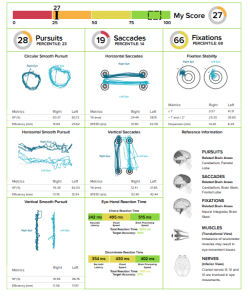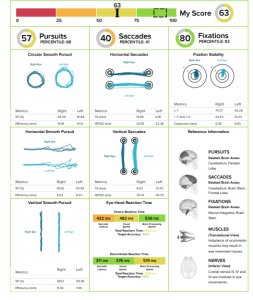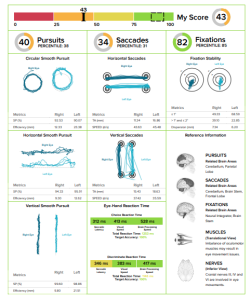How many is too many?
Concussions happen everywhere. Many athletes sustain multiple concussions in their lifetime and are told by their pediatrician that they have to stop participating in athletic events due to how many head injuries they have reported. This stigma is only hurting the confidence of athletes and individuals, scaring people into the “what ifs” of concussion management and causing athletes to be untruthful with injury reporting.
It’s really not about how many concussions occur, but how each one recovers. Injuries that don’t recover, with or without a secondary impact, wreak havoc on the autonomic nervous system, vision/vestibular systems, and musculoskeletal system. Thus, leading to a very long road to recovery and a lot of pain/dysfunction in an individual’s daily activities.
This can be prevented by improving and regulating sleep quality, taking the appropriate vitamins and pre/probiotics, and using eye hand coordination to integrate all lobes of the brain together again. Once asymptomatic, or total symptom score less than 5, start implementing interval training with the eye hand coordination exercises. When this goes well, and potentially even decreases symptoms, the athlete is ready to start increasing their heart rate and re-conditioning their system. Concussion recovery is interval training. If there is nothing else you take from this post, that’s it. Integrate heart rate intervals, appropriate rest time, and progress into endurance based activity. It’s important to know and understand various levels of activity so you can work toward an athlete’s goals without diversion.
In short, there is no number to concussion or refraining from activity. Do we need to be smart? YES. Do we need to give the body time to recover fully? YES. If you’re a healthcare professional and are not sure what to do to assess an individual’s ability to return to sport, work, or daily living then refer to someone that can. Athletic Trainers, Physical Therapists, and Occupational Therapists are great resources to evaluate progress from a concussion management program and give feedback on readiness to return to normal activities.
How many is too many? Read More »




